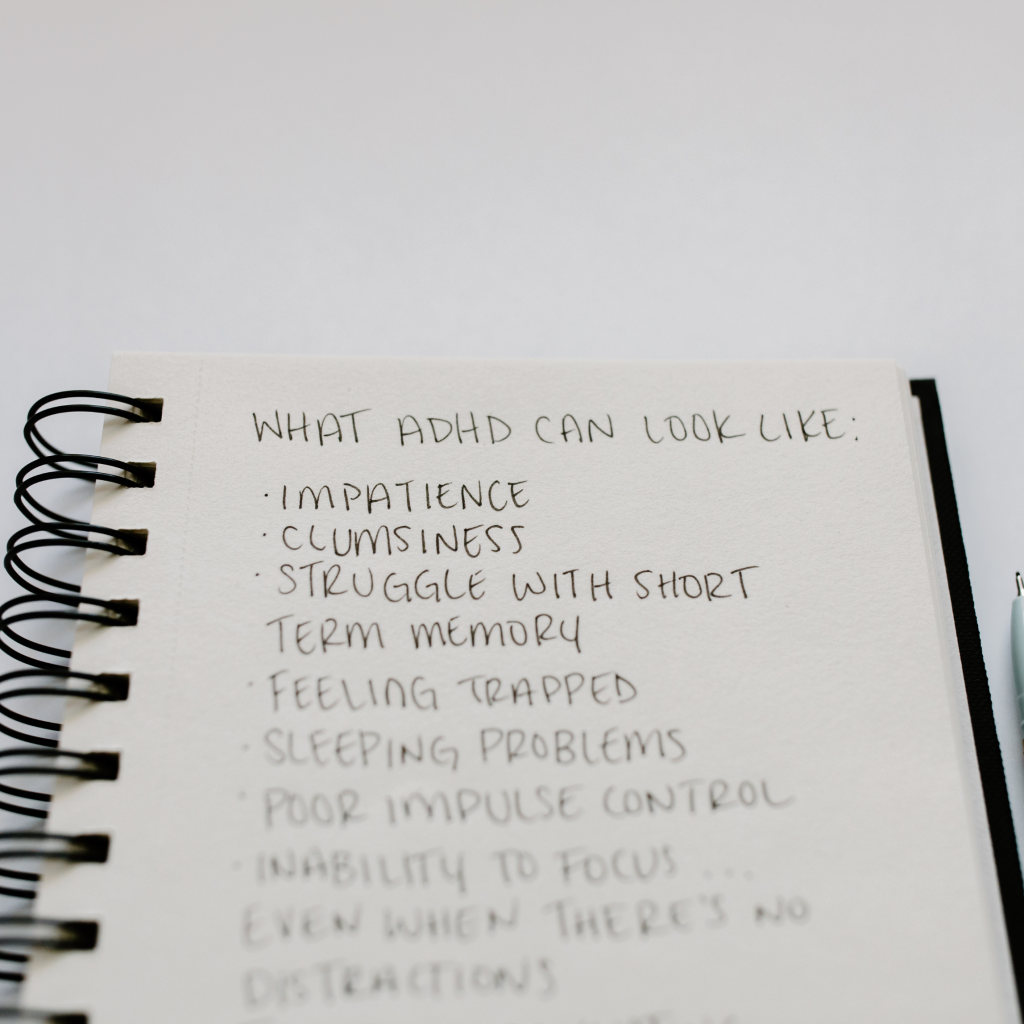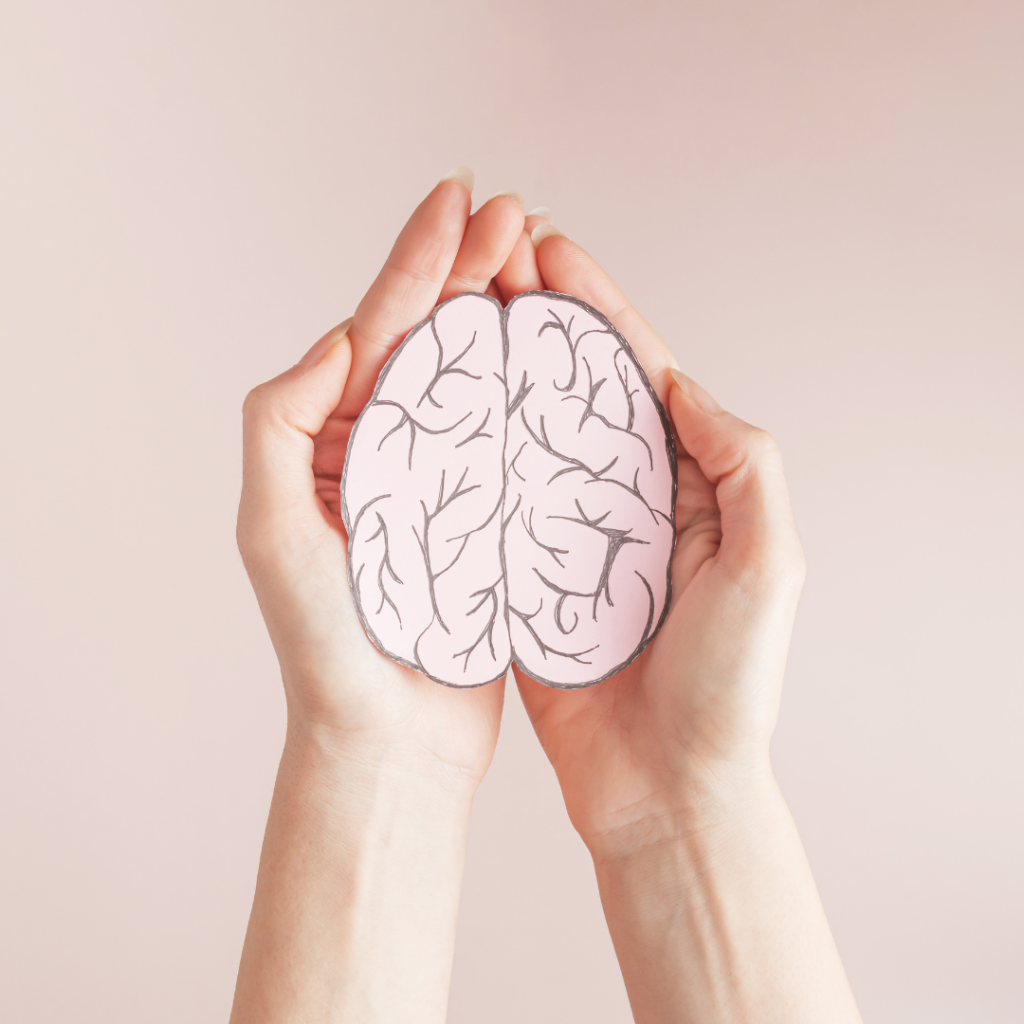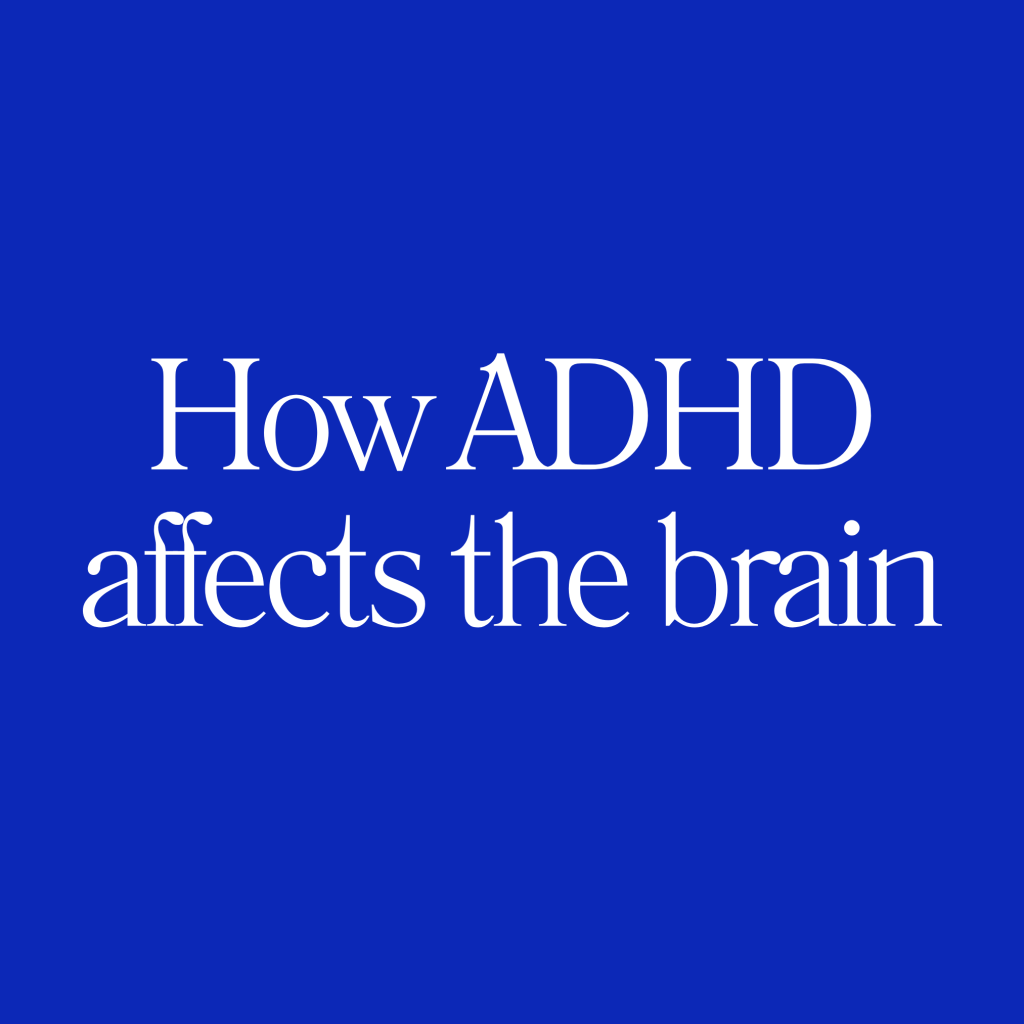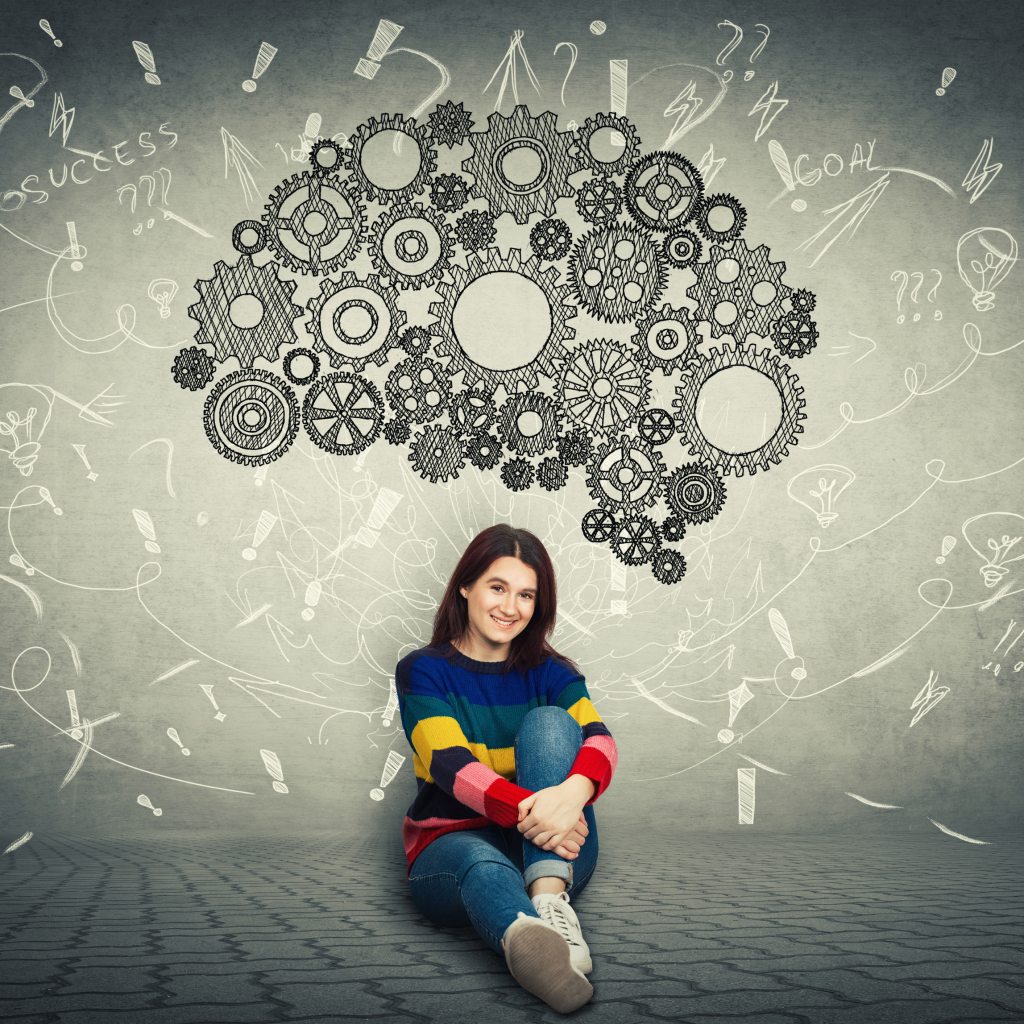How Useful is Exercise for ADHD?
Exercise isn’t just about getting fit or losing weight when you have ADHD. It’s about giving your brain what it desperately needs to function better.
Among my clients and patients, the ones who move their bodies consistently are the ones who manage their symptoms better. They focus more easily, regulate their emotions more effectively, and generally feel more in control of their lives.
Let’s talk about why that is.
Your ADHD Brain Is Starving for Dopamine
Here’s what’s happening in your brain: ADHD brains have lower levels of dopamine and norepinephrine. These are neurotransmitters that help with attention, motivation, and executive function. When you don’t have enough of them, everything feels harder. Starting tasks becomes a mountain to climb. Staying focused feels impossible. Your brain is constantly seeking stimulation to compensate. This is why you might find yourself scrolling social media for hours, switching between tasks every five minutes, or constantly seeking novelty. Your brain is hunting for dopamine hits wherever it can find them.
Exercise floods your brain with dopamine. Not in a small way, either. Physical activity increases dopamine production and improves how your brain uses it. It’s like suddenly having access to the fuel your brain has been missing.
When clients tell me their ADHD medication helps them feel “normal” or “like themselves for the first time,” they’re describing what adequate dopamine feels like. Exercise gives you a natural version of that boost.
Movement Is Like Medication (But You’re In Control)
Exercise is the closest thing we have to a natural ADHD medication. Research backs this up. Studies show that regular physical activity can be as effective as low-dose stimulant medication for some people with ADHD.
Here’s what happens when you exercise:
Your brain releases dopamine and norepinephrine immediately. This is why you often feel clearer and more focused right after a workout.
Your prefrontal cortex, the part of your brain responsible for executive functions like planning, decision-making, and impulse control, gets more blood flow and becomes more active. This is the same brain region that tends to be underactive in people with ADHD.
Your hippocampus, which is crucial for memory and learning, actually grows new cells. Yes, exercise literally helps your brain grow. This matters because many people with ADHD struggle with working memory.
The benefits don’t stop when you finish exercising, either. Regular exercise creates lasting changes in your brain structure and chemistry. This isn’t just a temporary boost. You’re actually rewiring your brain to work better.
The Focus Effect
One of the first noticeable effects of regular exercise is improved focus. Not weeks later. Not months later. Often the same day.
Exercise increases blood flow to your entire brain, but especially to the prefrontal cortex. This is your brain’s CEO, the part that helps you focus, plan, and make decisions. In people with ADHD, this area is typically underactive. Exercise wakes it up.
The impact on attention isn’t subtle. Research shows that even a single session of moderate exercise can improve focus and attention for up to two hours afterward. If you have back-to-back meetings or need to tackle a challenging project, moving your body first is one of the smartest things you can do.
Your Emotions Will Stabilize
Emotional regulation might be the most life-changing benefit of exercise for ADHD brains.
If you have ADHD, you know it sn’t just about attention. It’s also about emotion regulation. You might experience intense emotions that hit suddenly and feel overwhelming. You might go from calm to furious in seconds. You might feel rejection more deeply than others do.
This happens because the same brain systems that regulate attention also regulate emotions. When those systems aren’t working optimally, everything feels more intense.
Exercise helps regulate your emotional responses. It reduces activity in your amygdala, the part of your brain that processes fear and strong emotions. It increases activity in your prefrontal cortex, which helps you manage those emotions rather than being controlled by them.
My clients consistently report feeling less reactive and more emotionally stable when they exercise regularly. They still feel emotions deeply, but they’re not hijacked by them. There’s space between feeling something and acting on it.
Anxiety and Restlessness Get Better
That constant feeling of restlessness?
The physical manifestation of your racing thoughts?
The anxiety that seems to come from nowhere?
Exercise addresses all of these.
ADHD brains are often stuck in a state of either hyperarousal or hypoarousal. You’re either bouncing off the walls or completely unable to get started. Exercise helps regulate your nervous system and bring you into a more balanced state.
The physical restlessness that many people with ADHD experience isn’t just a habit or personality quirk. It’s your nervous system trying to regulate itself. Your brain is using movement to create the stimulation it needs. When you give your body structured, intentional movement through exercise, that constant need to fidget and move often decreases.
Exercise reduces cortisol, your stress hormone, and increases GABA, a neurotransmitter that has calming effects.
Sleep Becomes easier
Up to 50% of people with ADHD also have complicated relationship with sleep. Maybe you can’t fall asleep because your brain won’t shut off. Maybe you can fall asleep but can’t wake up. Maybe your sleep is restless and unrefreshing.
Exercise helps regulate your circadian rhythm and improves sleep quality. It increases your sleep pressure (the biological need for sleep) and helps your body temperature drop in the evening, which signals it’s time to sleep. Better sleep means your ADHD symptoms are less severe the next day. It’s a positive cycle. Exercise improves your sleep, better sleep improves your ADHD symptoms, and improved symptoms make it easier to maintain your exercise routine.
You Don’t Need to Become a Gym Person
To benefit from this research, you don’t need to become an athlete or have to start spending hours at the gym. You don’t need to run marathons or lift heavy weights unless you want to.
What matters is consistent movement that elevates your heart rate. Twenty to thirty minutes most days of the week is enough to see significant benefits. Dancing in your living room counts. Walking briskly counts. Playing with your kids counts. Swimming, cycling, boxing, hiking, all of it counts.
The best exercise for your ADHD brain is the one you’ll actually do.
If you hate running, don’t run. If the gym makes you anxious, don’t go. Find movement that feels good to you.
Some of my clients do better with exercise that has a skill component or requires focus, like martial arts, rock climbing, or dance. The need to pay attention to technique or the environment gives their brain something to lock onto, which paradoxically makes the exercise more engaging and easier to stick with.
Exercise isn’t a cure for ADHD. It won’t eliminate all your symptoms or make executive dysfunction disappear. But it’s one of the most powerful tools you have for managing your ADHD brain.
It increases dopamine and norepinephrine naturally. It improves focus and attention. It helps regulate emotions. It reduces anxiety and restlessness. It improves sleep. And it creates lasting positive changes in your brain structure.
If you’re not moving your body regularly, you’re making everything harder than it needs to be. Your brain is capable of incredible things, but it needs the right fuel and conditions to function well.
Start small if you need to. Five minutes is better than zero minutes. But start. Your ADHD brain will thank you.





